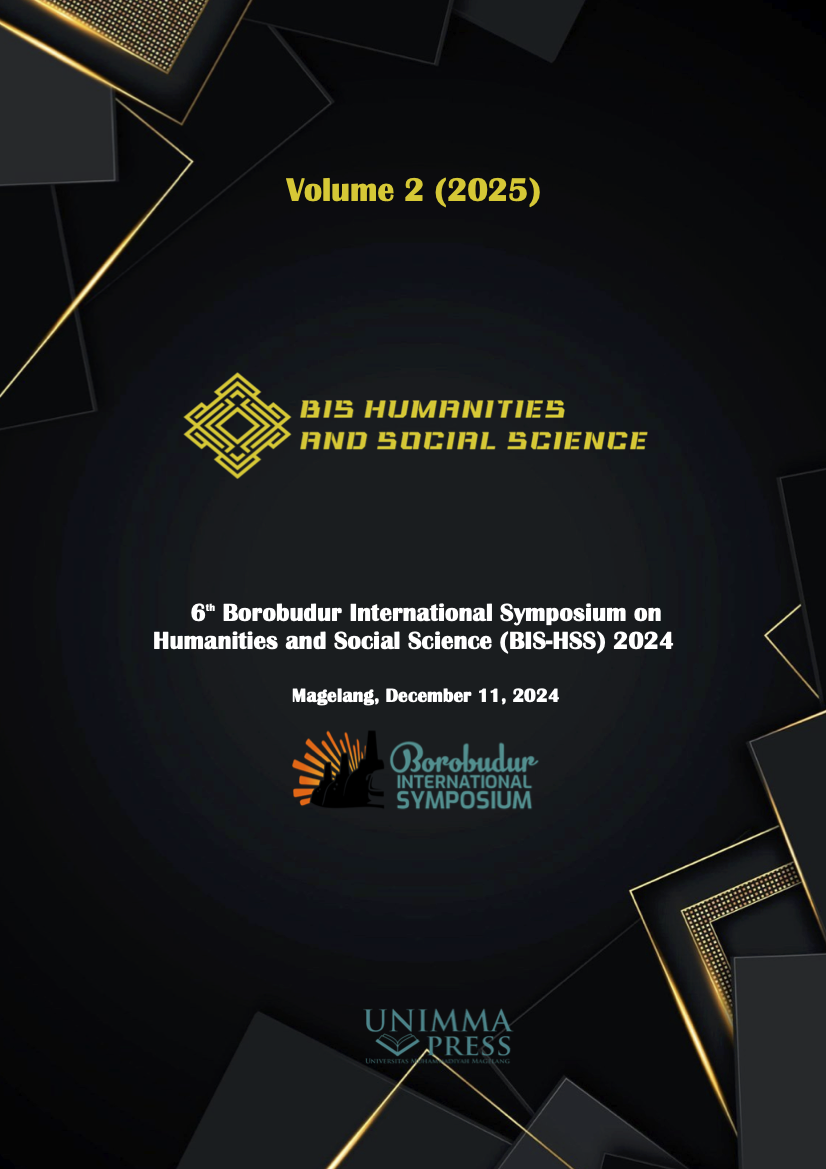Optimizing educational philanthropy: Insights from ANP-BOCR analysis of the philanthropic cans’ initiative
Keywords:
Educational philanthropy, Philanthropic cans, ANP-BOCR analysisAbstract
This study examines the internalization of al-Ma’un values in the Small Philanthropic Cans (KFC) Movement, an initiative aimed at fostering philanthropic awareness in children while addressing Indonesia’s dropout rate. The research seeks to analyze the effectiveness of the movement and evaluate its benefits, opportunities, costs, and risks through the Analytic Network Process (ANP) and Benefit, Opportunity, Cost, Risk (BOCR) analysis. Using a qualitative case study approach, data were collected through interviews, observations, and document analysis, with inputs from philanthropic experts and practitioners. The findings indicate that the KFC model effectively instills charitable values in students, as evidenced by the annual increase in infaq contributions. The ANP-BOCR analysis highlights “helping underprivileged students” as the most significant benefit (0.62), while “increasing parental participation” is the primary opportunity (0.68). However, the movement faces challenges such as high promotion costs (0.62) and the risk of fund misallocation (0.39). The study concludes that integrating mentoring programs (0.46) can enhance the movement’s sustainability and impact on reducing educational disparities.
References
[1] UNICEF, The climate crisis is a childs rights crisis. 2021.
[2] A. Saputra and M. Fauzi, “Integration of Education Planning Funds Base on Philanthropy: Drop Out School Mitigation,” Int. J. Humanit. Manag. Soc. Sci., vol. 5, no. 1, pp. 8–17, 2022, doi: 10.36079/lamintang.ij-humass-0501.333.
[3] R. T. Pujiastuti, M. Sujarwoto, and F. Hidayati, “Preventing Students From Dropping Out of School In Indonesia’s Basic Education: What Should Government Do?,” in 1st International Conference on Administrative Science, Policy and Governance Studies (ICAS-PGS 2017) and the 2nd International Conference on Business Administration and Policy (ICBAP 2017), 2017, pp. 206–211.
[4] Badan Pusat Statistik, “Angka Anak Tidak Sekolah Menurut Jenjang Pendidikan dan Jenis Kelamin, 2021-2022,” 2022.
[5] S. Zahroh and R. S. Pontoh, “Education as an important aspect to determine human development index by province in Indonesia,” in Journal of Physics: Conference Series, 2021, vol. 1722, no. 1, p. 12106.
[6] U. Sanusi, A. Yunani, and Y. Hidayat, “The Strategy For Increasing The Human Development Index In The Education Sector In Tapin Regency,” Int. J. Polit. Law, Soc. Sci., vol. 4, no. 3, 2023.
[7] S. Sitorus and H. Abidin, “The 2022 Global Philanthropy Environment Index Indonesia,” IU Lilly Family School of Philanthropy, 2022.
[8] M. Erfurth and N. Ridge, “Philanthropy in Education: Making Sense of an Emerging Field,” Annu. Rev. Comp. Int. Educ. 2020, vol. 40, pp. 241–255, 2021.
[9] A. Mu’thi, A. M. Mulkhan, D. Marihandono, and Tim Museum Kebangkitan Nasional, K.H. Ahmad Dahlan (1868-1923), vol. 10, no. 6. Museum Kebangkitan Nasional Direktorat Jenderal Kebudayaan Kementerian Pendidikan dan Kebudayaan, 2015.
[10] T. Wahyu Abadi and J. Sido Sentosa, “Al-Maun Trilogy as a Building Character and Communication Climate Muhammadiyah Student Association in Indonesia,” J. Hunan Univ. (Natural Sci., vol. 48, no. 7, pp. 112–121, 2021.
[11] M. Alifuddin, F. M. Suud, and M. T. Chaer, “Implementation of Al-Ma’un Theology: Measuring Muhammadiyah Social Action At The Center of Wakatobi World’s Coral Triangle,” J. Vocat. Adult Contin. Educ. Train., vol. 4, no. 1, pp. 307–334, 2021, doi: 10.14426/jovacet.v4i1.191.
[12] F. Y. Sirait and S. Pohan, “Internalization Of Almaun Values In The Development Of Muhammadiyah Institutions To Improve Service Quality (Case Study: Lazismu, Medan City),” J. Page is available to, vol. 1, no. 1, 2022.
[13] T. Rachman, “Teologi Surat al-Maun dan Praksis Sosial Dalam Kehidupan Warga Muhammadiyah,” SALAM J. Sos. dan Budaya Syar-i, vol. 5, no. 2, pp. 10–27, 2018.
[14] M. Saunders, P. Lewis, and A. Thornhill, “Understanding research philosophies and and approaches to theory development,” in Research Methods for Business Students, no. Chapter 4, 2019, pp. 122–161.
[15] R. A. Stebbins, “What is Exploration?,” in Exploratory Research in the Social Sciences, no. January, 2014, pp. 2–18.
[16] T. L. Saaty, “Fundamentals of the analytic network process,” in Proceedings of the ISAHP 1999, 1999, vol. 95, pp. 1–14, doi: 10.1007/0-387-33987-6_1.
[17] T. L. Saaty, “Fundamentals of the analytic network process — Dependence and feedback in decision-making with a single network,” J. Syst. Sci. Syst. Eng., vol. 13, no. 2, pp. 129–157, 2004, doi: 10.1007/s11518-006-0158-y.
[18] D. Istiqomah and Asrori, “Pengaruh Literasi terhadap Kepercayaan Muzaki pada Lembaga Pengelola Zakat dengan Akuntabilitas dan Transparansi sebagai Variabel Intervening,” Econ. Educ. Anal. J., vol. 8, no. 1, pp. 95–109, 2019, doi: 10.15294/eeaj.v8i1.29763.
[19] E. Pace and A. Da Silva Moreira, “Introduction—Religious Diversity in a Global Religious Field,” Religions, vol. 9, no. 4, pp. 1–6, 2018, doi: 10.3390/rel9040095.
[20] A. Fauzia, “Penolong kesengsaraan umum: The charitable activism of muhammadiyah during the colonial period,” South East Asia Res., vol. 25, no. 4, pp. 379–394, 2017, doi: 10.1177/0967828X17740458.
Downloads
Published
Conference Proceedings Volume
Section
License

This work is licensed under a Creative Commons Attribution-NonCommercial 4.0 International License.

